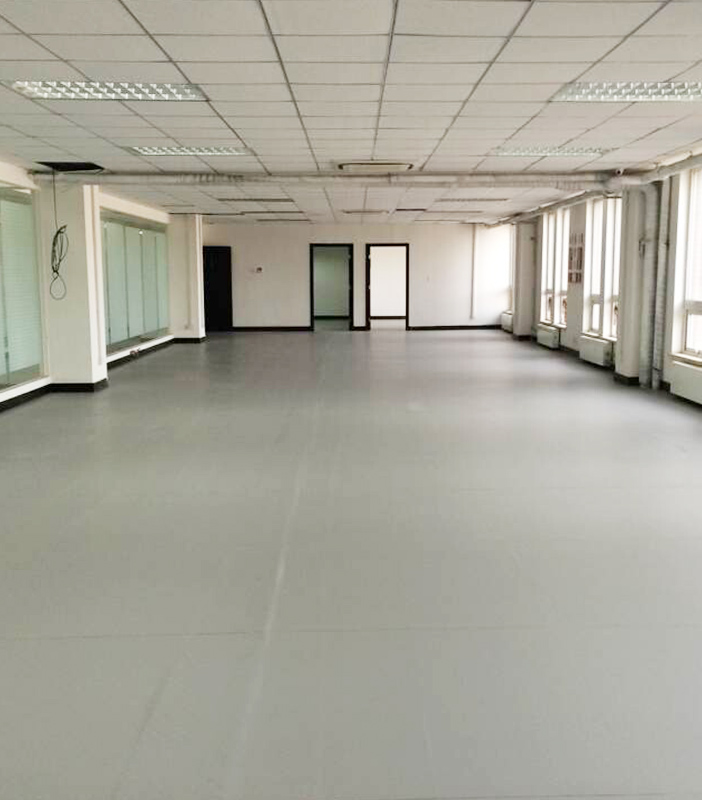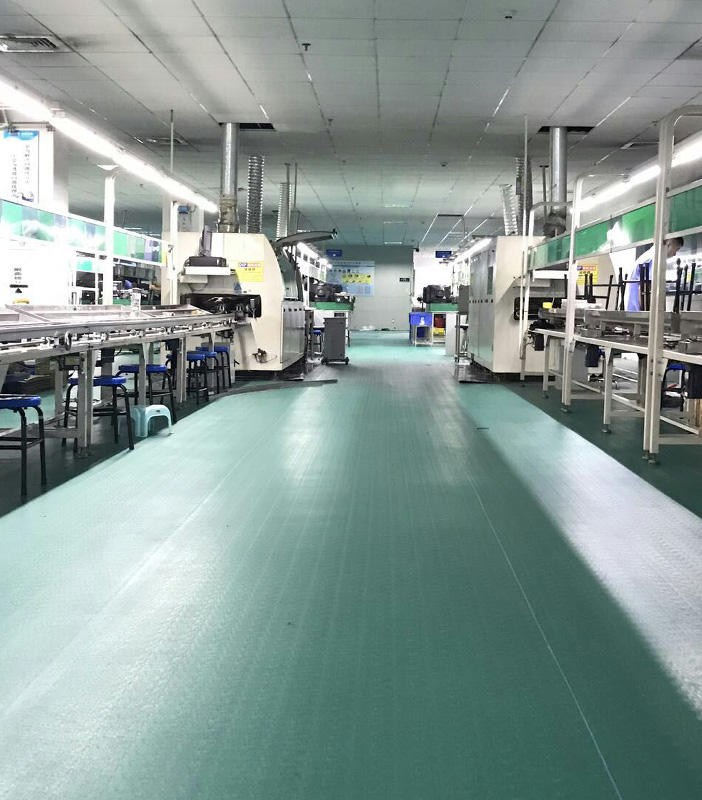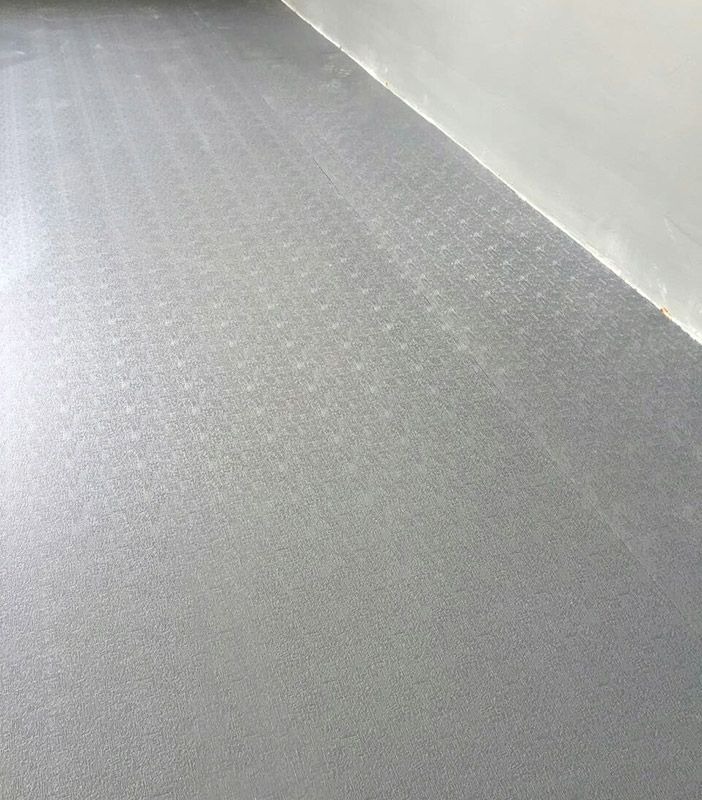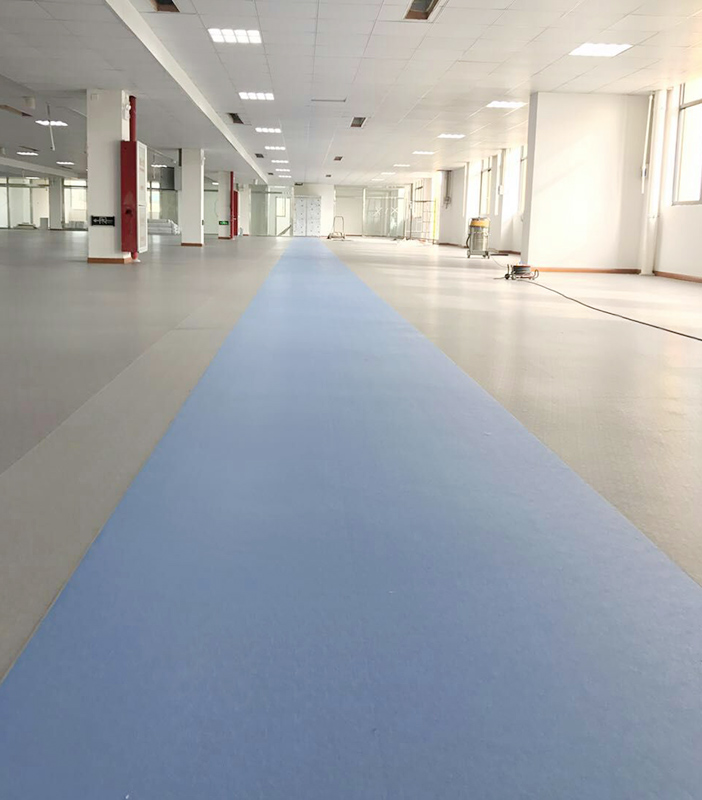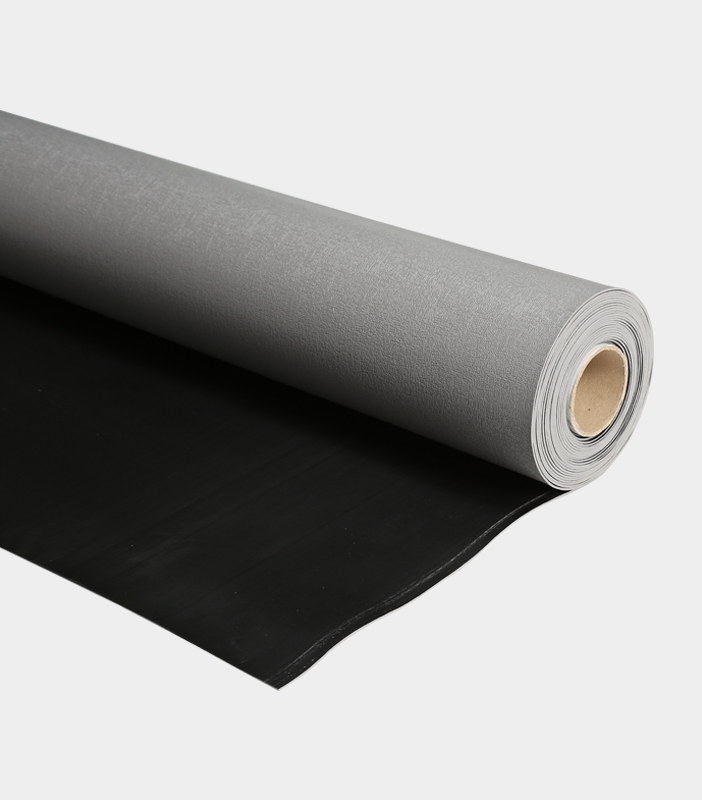Continuing on from the working principle of the Anti-Static Table Mat, it's important to delve deeper into its applications, benefits, and why it is an indispensable tool in environments where electrostatic discharge (ESD) poses a significant threat.
Anti-Static Table Mats find wide-ranging applications in industries where the control of static electricity is essential. Let's explore some of the key areas where these mats are deployed:
1. Microelectronics Industry: In the realm of microelectronics, including semiconductor manufacturing, electronic assembly, and integrated circuit production, precision and ESD control are paramount. Anti-Static Table Mats are used extensively in production facilities and laboratories to protect sensitive electronic components from ESD damage. They serve as work surfaces on assembly lines, workbenches, and testing stations.
2. Computer Assembly and Repair: Computer technicians and engineers often use Anti-Static Table Mats when assembling or repairing electronic devices like laptops and desktop computers. These mats provide a static-dissipative surface, ensuring that no static discharge harms the delicate internal components.
3. Electronics Testing Laboratories: Laboratories dedicated to electronic testing and research require an environment where static electricity is effectively managed. Anti-Static Table Mats serve as a foundation for setting up testing equipment and instrumentation, creating an ESD-safe workspace.
4. Cleanrooms: Cleanrooms in industries such as pharmaceuticals, aerospace, and semiconductor manufacturing demand stringent ESD control measures. Anti-Static Table Mats are used within cleanrooms to maintain a controlled environment where even a small ESD event could be disastrous.
Anti-Static Table Mats offer several crucial benefits that make them indispensable in ESD-sensitive environments:
1. ESD Protection: As highlighted earlier, the primary function of these mats is to dissipate static electricity safely. They have a surface layer made of static-dissipative material with a controlled resistance range (usually 10^7 to 10^9 ohms per square), which prevents the buildup of static charges.
2. Versatility: Anti-Static Table Mats are versatile tools that can be used in various settings. They can be placed on desks, workstations, assembly lines, shelves, and even as floor mats. This adaptability ensures they can meet the specific needs of different environments.
3. Improved Safety: These mats enhance workplace safety by reducing the risk of ESD-related accidents. Without proper ESD control, a static discharge can damage electronic components or even cause fires in volatile environments. Anti-Static Table Mats mitigate these risks.
4. Cleanliness: The mats are designed to be easy to clean, contributing to a clean and organized workspace. This is especially important in cleanroom environments where even the slightest contamination can lead to significant issues.
5. Cost-Effective: Anti-Static Table Mats are a cost-effective solution for ESD protection. They are a one-time investment that provides long-term benefits by preventing costly damage to sensitive electronic equipment.
Beyond Anti-Static Table Mats, there are other types of mats designed for specific purposes and environments:
1. Anti-Static Floor Mats: These mats are larger and designed to cover larger areas, such as an entire workspace or floor in an ESD-sensitive facility. They provide a comprehensive solution for preventing static buildup throughout a room.
2. Anti-Static Desk Mats: Similar to table mats, desk mats are designed for individual workstations. They offer a convenient solution for preventing ESD issues at the desk level, making them popular among computer users and electronic technicians.
Anti-Static Table Mats and their counterparts play a critical role in maintaining the integrity of electronic equipment and ensuring a safe and controlled work environment. Their ability to dissipate static charges, versatility, and cost-effectiveness make them essential tools for industries and applications where static electricity poses a risk.

 简体中文
简体中文 English
English España
España Deutsch
Deutsch